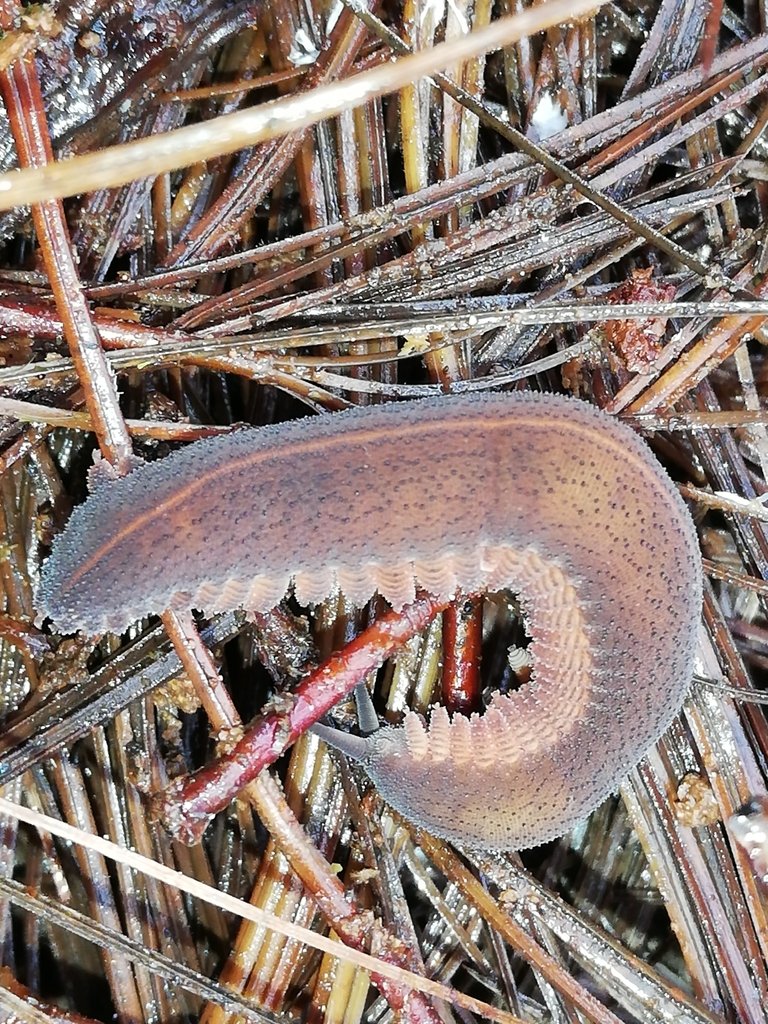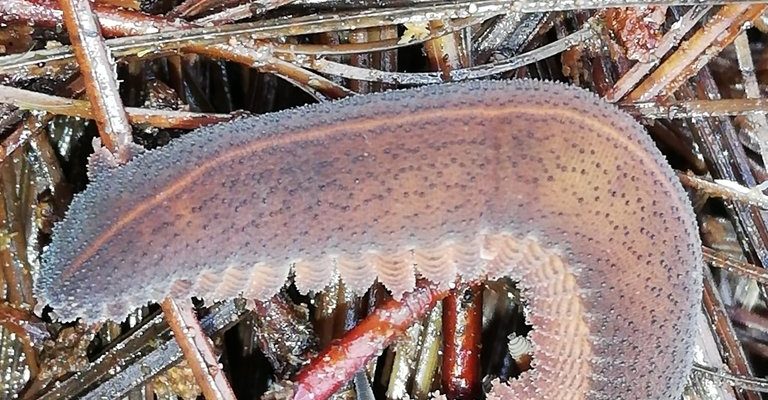
Velvet worms might look like something out of a sci-fi movie with their soft bodies and tiny legs, but they’re quite real. They thrive in damp, humid environments, often hiding under decaying leaves or in the nooks of trees. Observing their tracks can be like following a treasure map where each trail leads you to discover more about these unique creatures. So, if you’re curious about how to spot these intriguing tracks and what they mean, let’s dive deeper into this world of velvet worms.
What Are Velvet Worms?
Velvet worms, or *Onychophorans*, are a group of soft-bodied, segmented creatures that are often mistaken for slugs or caterpillars. But don’t be fooled; they belong to their own phylum! These little guys can grow up to several inches long and are typically found in tropical and subtropical regions, living in damp, lush environments. Their bodies are covered in a soft, velvety texture, hence the name.
One of the coolest aspects of velvet worms is how they hunt. They use a unique method: shooting out a sticky slime to capture their prey, which often includes insects. This hunting technique is fascinating because it allows them to snag lunch from a distance. You might wonder how these creatures navigate their world, and that’s where their tracks come in!
Why Tracks Matter
Observing velvet worm tracks is essential for several reasons. First, these tracks can tell us a lot about the creature’s behavior. For example, the depth and width of the tracks might indicate whether the velvet worm was moving quickly to escape a predator or leisurely wandering in search of food.
Moreover, tracking these trails helps scientists and enthusiasts understand the ecological role of velvet worms. They play a critical part in their ecosystems as both predators and prey. Their trails can also reveal details about their habitat preferences, helping researchers learn about the health of various environments. Think of it as reading a diary left behind by these elusive creatures!
How to Identify Velvet Worm Tracks
So, you might be eager to start observing these tracks, but how do you know what to look for? Velvet worm trails are often distinct and can be found in moist, forested areas during early morning or after rain. Here are some key characteristics to help you identify them:
- Width: Their tracks usually measure about 1 to 2 centimeters wide.
- Shape: The trails typically appear as smooth, wavy lines on the ground.
- Depth: The depth can vary depending on the surface; damp soil will show deeper tracks.
When you spot a track, it’s important to look closely. Sometimes, the surrounding ground will show signs of disturbance, like scattered leaves or soil. This context can give you clues about the velvet worm’s recent activities.
Where to Find Velvet Worm Tracks
Finding velvet worm tracks requires patience and a keen eye. They typically thrive in very specific habitats, especially in damp, shaded areas rich in organic matter. Here are some ideal locations:
- Rainforests: These vibrant ecosystems provide the perfect moisture levels.
- Decaying logs: Velvet worms love to hide in the crevices of old trees.
- Leaf litter: Look carefully in areas where leaves have piled up; you might just find a trail!
If you’re exploring a forest or a garden, take your time. Look under rocks, decaying wood, and inside leaf piles. The thrill of discovering a track can feel like unearthing a little piece of nature’s mystery!
What the Trails Can Tell You
Once you’ve identified some tracks, it’s time to ponder the stories they tell. The trails can share insights about:
- Foraging Behavior: Long, meandering trails indicate a search for food, while short, straight tracks may suggest a quick trip to safety.
- Social Interactions: If you see multiple tracks overlapping, it could mean that velvet worms are interacting, possibly during mating or competition.
- Predatory Threats: Suddenly deep or hurried tracks might reveal that the worm was fleeing from a predator.
Observing these trails can feel like you’re deciphering a secret code of the forest. It’s all about piecing the clues together to understand their world better.
Tips for Observing and Documenting Tracks
Now that you’re excited about tracking these fascinating creatures, here are some practical tips to enhance your observing experience:
- Bring a Camera: Capture photos of the trails you find. This not only helps in documenting but also in sharing your discoveries with others.
- Take Notes: Jot down where and when you found the tracks. This could be helpful for future explorations.
- Be Respectful: Remember to tread lightly and not disturb the natural environment too much. Velvet worms are sensitive to changes in their habitat.
Being equipped with the right tools and mindset can elevate your experience. Each new observation can deepen your appreciation for these creatures and their ecosystems.
Joining the Community of Enthusiasts
If you’re keen on delving deeper into the world of velvet worms and their trails, consider connecting with like-minded individuals. There are various forums and local groups dedicated to exploring wildlife. Sharing experiences and findings can be incredibly rewarding.
You might also come across citizen science projects that encourage enthusiasts to document wildlife in their area. Participating in these can provide you with further insights and the chance to contribute to scientific understanding. Remember, every small observation matters!
Embracing the Beauty of Nature
Observing velvet worm tracks and trails opens up a whole new appreciation for nature. These tiny animals and their fascinating behaviors remind us that there’s so much to discover right beneath our feet. So whether you’re a seasoned naturalist or just starting out, take a moment to explore and connect with the world around you.
By paying attention to the small details, you can unlock nature’s mysteries, one velvet worm track at a time. Happy tracking!

